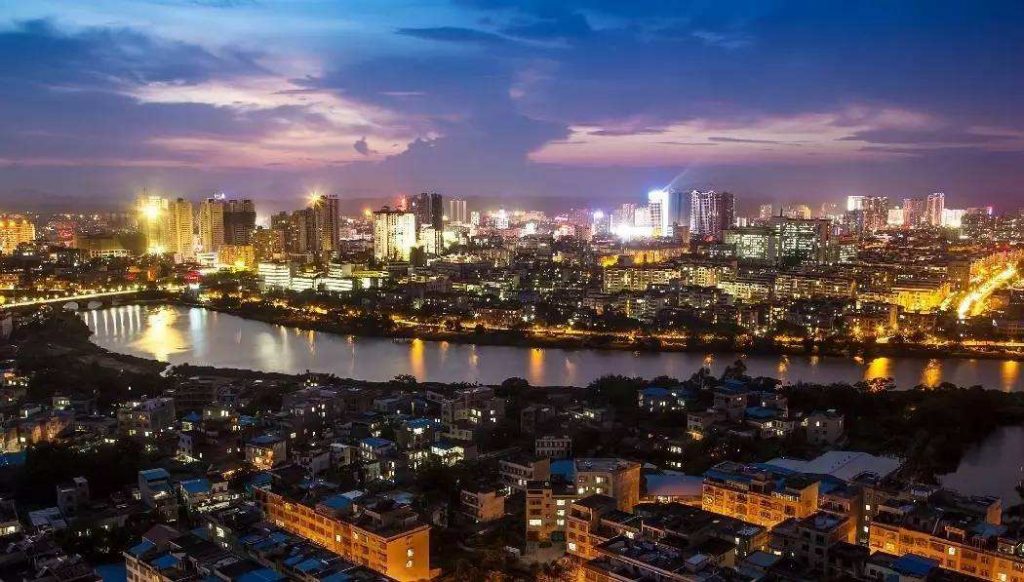Qinzhou
2 min readQinzhou is famous coastal industrial city located in southern Guangxi in the middle of the coastal area. With a land area of 10, 800 sq km, it consists of two counties and four districts, and has a population of 3.65 million. Qinzhou has been listed as an Excellent Tourist City of China, and its Nixing pottery, one of the top four in China, is the city’s pride.
In the Song Period (420-479) of the Northern and Southern Dynasties it was under the jurisdiction of Songshou Prefecture, and set up as Anzhou in the Liang Period (502-557). It was renamed Qinzhou in 598. Many more changes of jurisdiction were to follow. In July 1965, it was put under the jurisdiction of Guangxi, and its status was changed to Qinzhou Prefectural Commissioner’s Office. In June 1994 Qinzhou City was established.

It has kept accelerating the construction of infrastructure including channels and docks, further improved port functions, and promoted the flourishing of coastal dustries. A group of key rochemicals, paper making, electronics, energy, food and oil.
It is a transportation hub of the Guangxi Beibu Gulf Industrial Zone.
The Nanning-Beihai- Highway, Qinzhou-Fangcheng- Highway, Chongzuo-Qinzhou- Highway (under construction ) and the highway from Liujing in Hengxian County to Qinzhou all meet here. Railways from Nanning to Fangchenggang Litang to Qinzhou, Qinzhou to Beihai as well as from Shuikou in Longzhou to Qinzhou all connect here. It has sea routes to Hong Kong, Macao, and to southeast Asia, Europe and America.

Qinzhou is characterized by green hills and blue seas. The enchanting Chinese white dolphin of Sanniang Bay has become the tourist symbol of Qinzhou. Other major scenic spots include Longmen Islands, Ancient Homes of Dahu Village, Bazhai Valley,Malan Island, and Mt. Wuhuang.
Local Products}jb1} Lychees, bananas, milk buffalos, oysters, mud crabs, prawns.